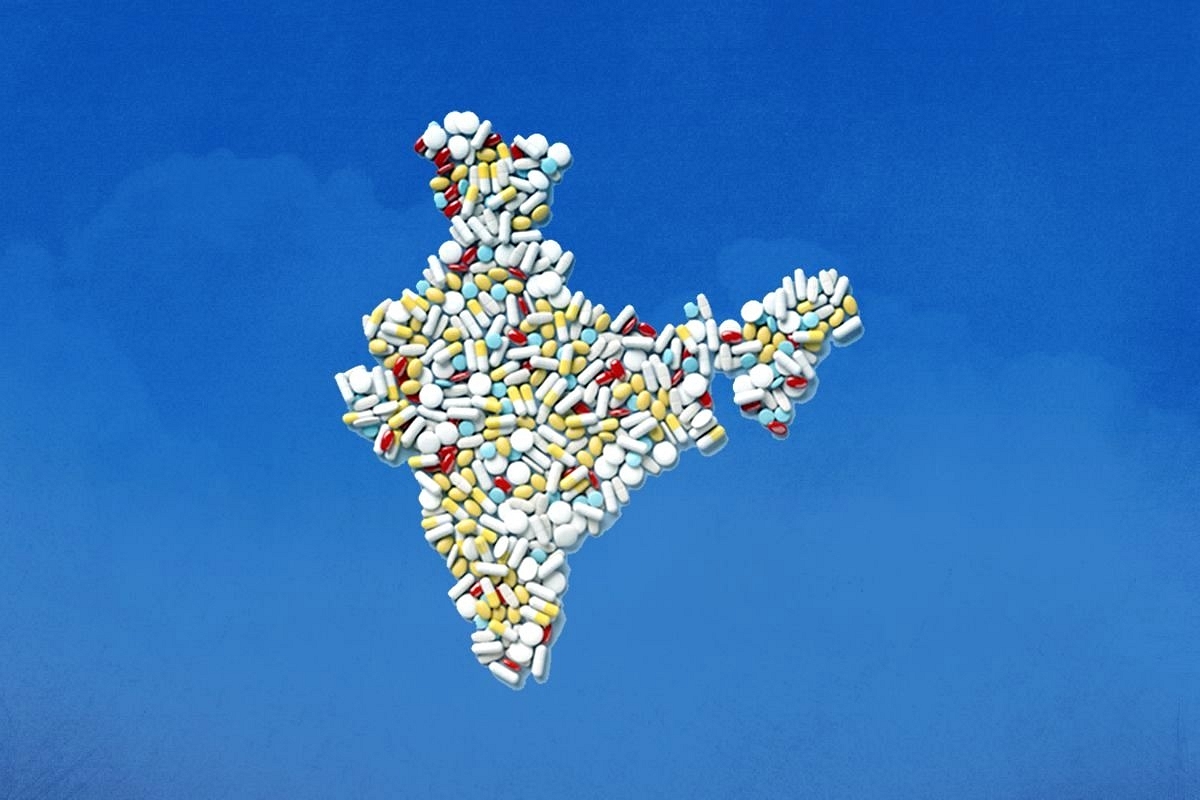Economy
One Each For Import And Export: How Over-Dependence On China And US Markets Blocks Indian Pharma’s Growth
- Why the government must work to reduce excessive dependence of Indian pharma industry on China and US.

India must ensure that the pharmaceutical sector flourishes.
At a time when even China struggles to ramp up production of critical medical equipment such as ventilators, Indian pharma industry has secured adequate supplies of vital drugs, including hydroxychloroquine – not just for India but for most of our friends and strategic allies.
That this is an opportunity to emerge as a major manufacturing country is well regarded but ensuring the same would require us to identify key challenges and find potential solutions.
This was discussed at length in the High Level Advisory Group (HLAG) report that highlighted some of the challenges faced by the sector while suggesting possible recommendations.
It is important that we revisit them.
First, the challenges. On top of the list is India’s excessive dependence on China for sourcing active pharmaceutical ingredients (APIs).
India’s import of APIs grew at CAGR 11 per cent between 2004 and 2016 of which 60 per cent of imports by volume (70 per cent by value) were from China alone. The cost differential between Indian and Chinese manufactured APIs is estimated to be 25-30 per cent.
The disruption and lack of availability of raw materials had exposed the problems associated with this overdependence over the last few months.
Consequently, we need to recognise that this price difference between Indian and Chinese APIs must be moderated to adequate supply of APIs from domestic sources.
Another problem has been increasing competition from China in generics and biologics. Add to that excessive regulation and frequent changes being made by the Central Drug Standards and Control Organisation (CDSCO) and Foods and Drugs Administration of the state (state FDA).
A regulatory overhaul is needed urgently to ensure that our pharmaceutical sector, which has proved its mettle can indeed flourish.
Multiple regulatory agencies across central government departments and state governments stifle innovation and impose additional regulatory compliances that increases the operational costs for our firms.
HLAG here proposes a central FDA-like institution, which would be in contrast with the current structure of NPPA, DGCI etc, which have many overlaps and consequently slow the decision-making process.
The other challenge has been excessive dependence on the US and generics as India’s pharmaceutical industry has about 35 per cent of its export revenues coming from North America, mainly the US.
Consolidation in US markets, greater competition and pricing pressures have indeed dampened export value. Indeed, just as overdependence on one market for import of inputs is dangerous, similarly overdependence on select markets for exports are also problematic.
Indeed, that Indian pharmaceutical Industry has survived, flourished and made its mark at one of the most challenging times is encouraging. However, government regulations over the last seven decades have done little compared to other countries to facilitate their growth.
An industry that rises to the occasion on its entrepreneurial spirit rather than government support must be respected, appreciated and complemented.
Support Swarajya's 50 Ground Reports Project & Sponsor A Story
Every general election Swarajya does a 50 ground reports project.
Aimed only at serious readers and those who appreciate the nuances of political undercurrents, the project provides a sense of India's electoral landscape. As you know, these reports are produced after considerable investment of travel, time and effort on the ground.
This time too we've kicked off the project in style and have covered over 30 constituencies already. If you're someone who appreciates such work and have enjoyed our coverage please consider sponsoring a ground report for just Rs 2999 to Rs 19,999 - it goes a long way in helping us produce more quality reportage.
You can also back this project by becoming a subscriber for as little as Rs 999 - so do click on this links and choose a plan that suits you and back us.
Click below to contribute.
Latest